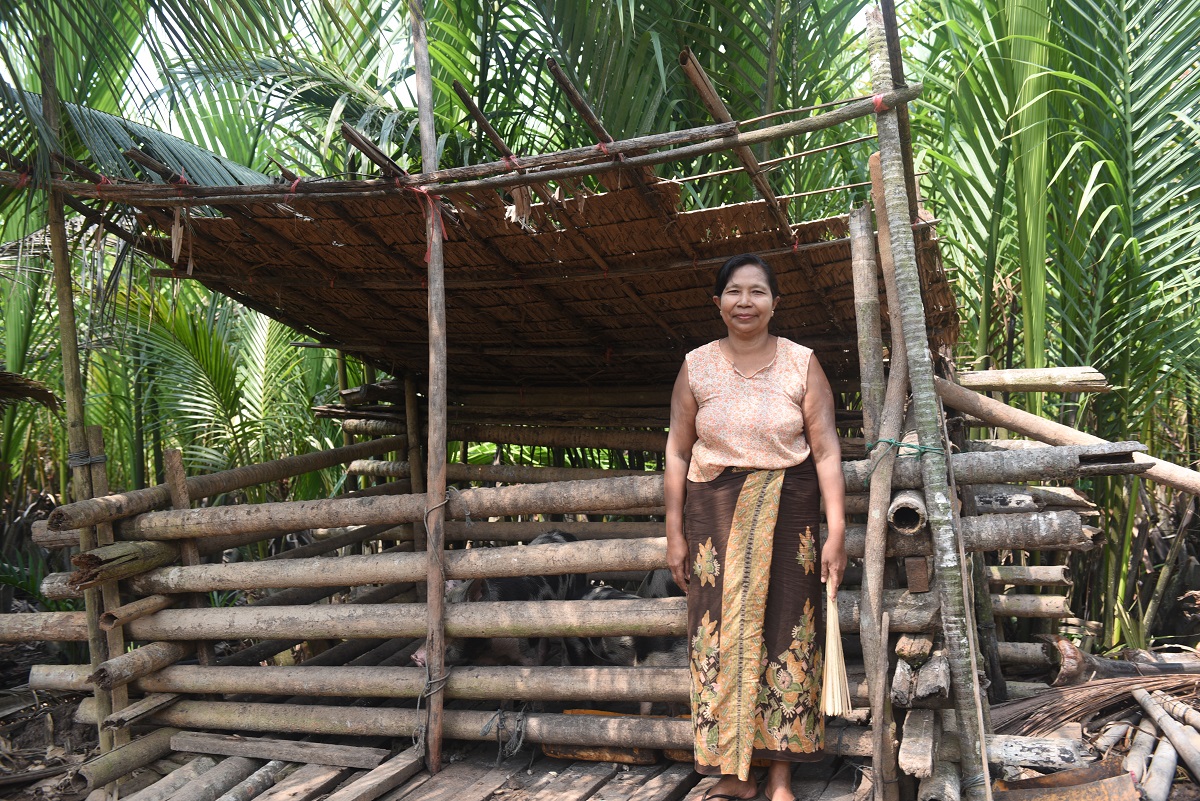

La démonstration du modèle CCCA dans les communautés pilotes pourrait montrer au gouvernement du Myanmar l'impact que peut avoir l'implication des communautés dans les actions de conservation et l'apport de bénéfices pour ces actions. Avec le soutien du CEPF, GEI et quatre ONG locales partenaires ont étendu le projet à 27 communautés, conservant ainsi deux autres écosystèmes critiques : Le lac Inle et les zones humides de Moeyingyi. La superficie totale conservée par les communautés est passée à près de 17 000 hectares. Le nombre de ménages participants a également augmenté, passant de 4 565 à 21 615 personnes.
De bonnes relations avec diverses parties prenantes, telles que les gouvernements central et locaux, les communautés locales et les ONG locales, ont permis la réussite de ce volet.
Les projets ont fait preuve d'un engagement positif auprès des communautés. Même si certaines communautés manquaient de motivation et qu'il était difficile de communiquer avec elles, les ONG chargées de la mise en œuvre ont déployé beaucoup d'efforts pour discuter des projets avec les populations locales et pour montrer qu'elles respectaient les besoins et la volonté des communautés. En revanche, les projets ont moins bien réussi à impliquer les agences gouvernementales et les entreprises. En tant que parties prenantes importantes, elles n'ont pas été identifiées lors du processus initial d'analyse des parties prenantes et n'ont pas eu le même niveau de compréhension des projets CCCA que les ONG et les communautés. Leur engagement et leur participation doivent être pris en compte dans les projets futurs.